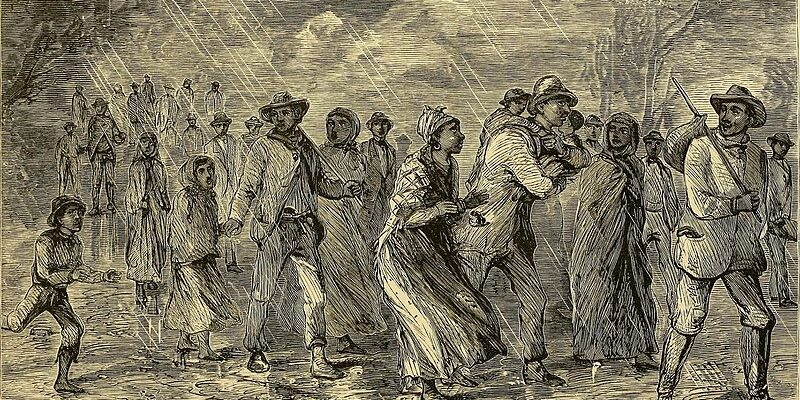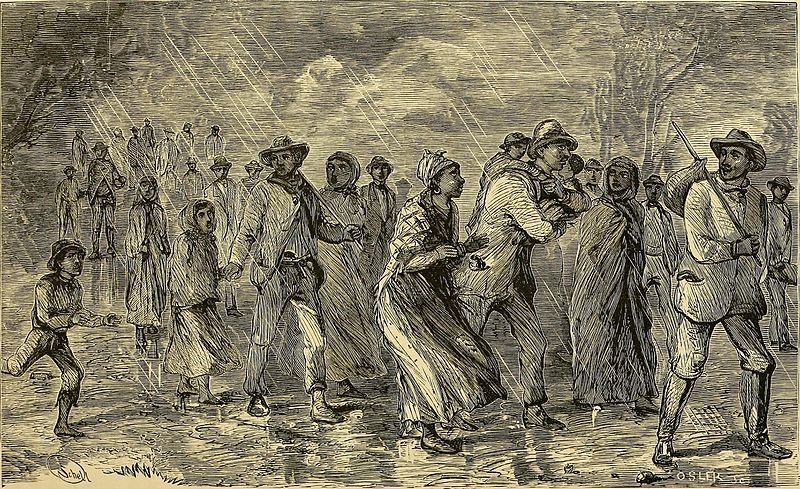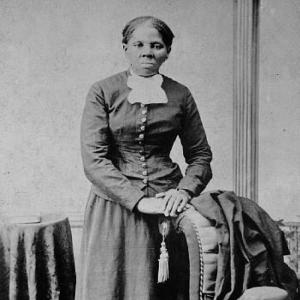Abolitionism: The Underground Railroad in Upstate NY
The Underground Railroad was part of the abolitionist movement to eliminate slavery in America. In the state of New York, organized abolitionism began in Oneida County in the early 1830s. Local activists were inspired by the words and examples of Beriah Green and his students at the Oneida Institute. By the Fall of 1835 there were 17 anti-slave societies throughout Oneida County. Soon there were many Underground Railroad stations as well.
The people of Upstate New York were part of a dramatic chapter in the nation’s history. Black and white men and women not only voiced opposition to slavery, but stood behind their words. They did so at their peril, for Federal law could punish anyone who assisted an escaped slave. But in both the rural and urban areas of Herkimer and Oneida Counties, individuals and communities sheltered fugitives, and encouraged some of them to settle amongst them.
In the 1850s, Utica aided more than 650 fugitive slaves; it played a major role as a station in the Underground Railroad. The city was on a slave escape route from the Southern Tier to Canada by way of Albany, Syracuse, or Rochester. The route, used by Harriet Tubman to travel to Buffalo, guided slaves to pass through Utica on the New York Central Railroad right-of-way en route to Canada.
Learn more about the Oneida County Freedom Trail.
Learn more about the Underground Railroad in Herkimer County.










